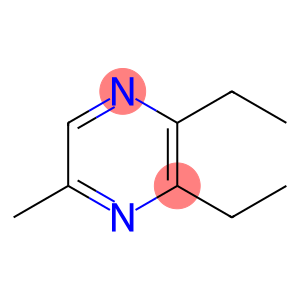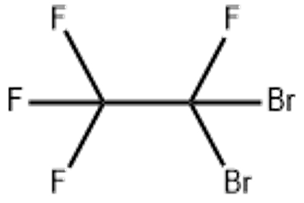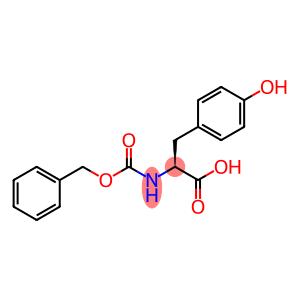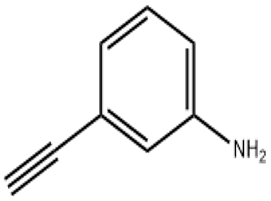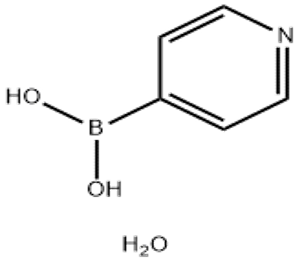2-3-Diethyl-5-Methylpyrazine(CAS#18138-04-0 )
| Hazard Symbols | Xi – Irritant |
| Risk Codes | 36/37/38 – Irritating to eyes, respiratory system and skin. |
| Safety Description | S26 – In case of contact with eyes, rinse immediately with plenty of water and seek medical advice. S36/37/39 – Wear suitable protective clothing, gloves and eye/face protection. |
| UN IDs | NA 1993 / PGIII |
| WGK Germany | 3 |
| TSCA | Yes |
| HS Code | 29339900 |
| Hazard Class | 3 |
| Packing Group | III |
Introduction
2,3-Diethyl-5-methylpyrazine is an organic compound, also known as DEET (N,N-diethyl-3-methylphenylethylamine).
The following are some of the properties of 2,3-diethyl-5-methylpyrazine:
1. Appearance: DEET is a colorless to light yellow liquid.
2. Smell: Has a spicy, organic smell.
3. Solubility: DEET is soluble in alcohols, ethers and most organic solvents, but has low solubility in water.
The main use of 2,3-diethyl-5-methylpyrazine is as a repellent for insect and insect-borne diseases. It is effective against the bites of various insects such as mosquitoes, ticks, and flies, etc. DEET is commonly used in the manufacture of products such as insect repellents, mosquito coils, insect repellents and insect repellent sprays.
The method of preparing 2,3-diethyl-5-methylpyrazine is usually carried out by catalytic addition reaction of benzylamine and chloroacetic acid, in the presence of alkali, to generate N-benzyl-N-methylacetamide, and then through dehydration reaction to obtain DEET. The specific preparation process can be adjusted according to the specific conditions and reaction reagents.
Safety Information: 2,3-Diethyl-5-methylpyrazine is considered relatively safe under general conditions of use. Caution is required when using certain populations, such as children, pregnant and lactating women, and people with allergies to DEET. Prolonged excessive exposure to DEET may cause adverse effects such as skin allergies and eye irritation, so wash your hands and exposed skin areas thoroughly after use. If any discomfort or adverse reactions occur, discontinue use immediately and consult a physician.


